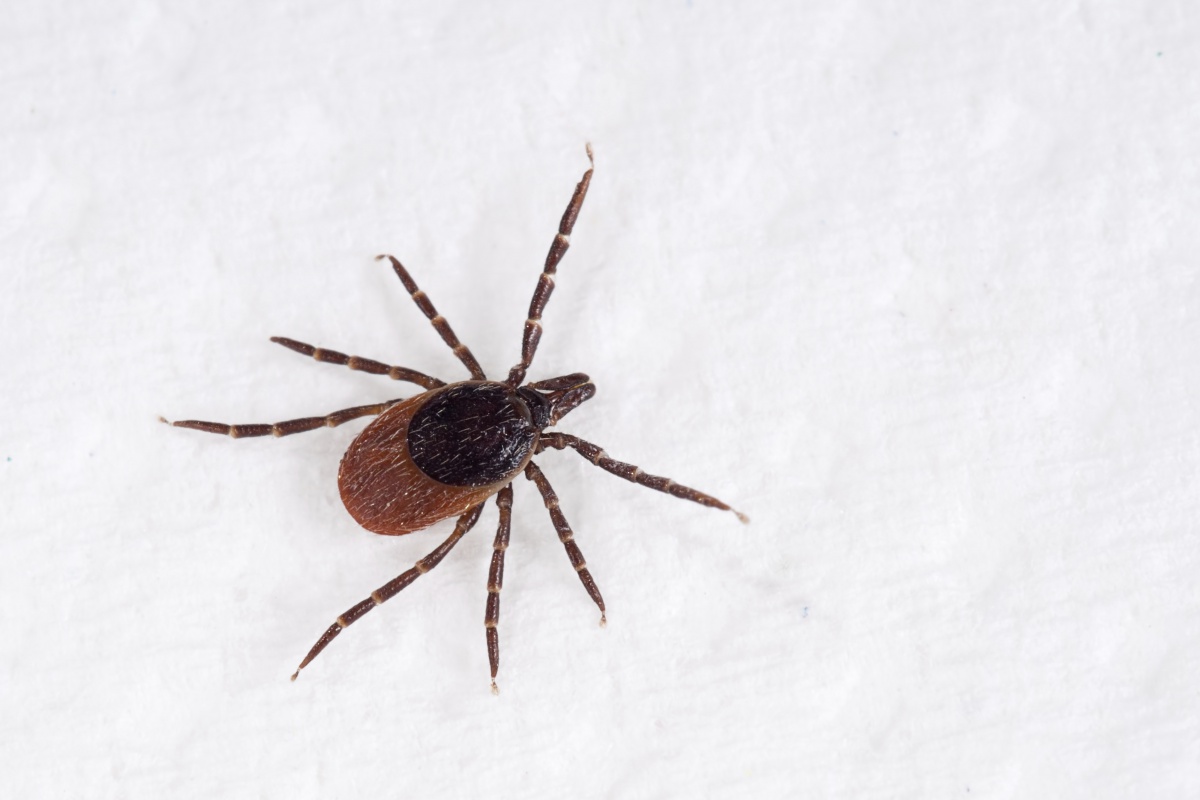View from the Garden: Ticks, They’re Everywhere You Are

Last Wednesday I was sitting in front of Dr. Kerr’s office door in Wainscott waiting to check in with him about still feeling fluish after two weeks of Doxycycline. The man next to me and I began to talk about Lyme disease, which I have again. He said he was feeling unwell and would get a blood test. I explained vigorously that the tests are so inaccurate that they are useless and that the only reliable way to diagnose Lyme is by talking to a doctor who knows about Lyme about symptoms. This is crucial as many doctors, maybe most, don’t know about it.
Describing symptoms in order to get a diagnosis may seem unscientific but that is the only way to diagnose Lyme. Ehrlichiosis (which, as I understand it, eats the white blood cells) and babesiosis (which eats the red blood cells) can be diagnosed with blood tests. Since the symptoms of all of these are similar, the doctor will treat you with Doxycycline and if you continue to feel ill, he or she will consider these other two and proceed with blood tests. These two diseases are the most deadly.
As we spoke, the man asked me if I was trying to scare him and I answered, “Yes!” You, too, should be scared. Tick borne diseases are very serious and very easy to contract. Ticks are omnipresent in this area and the several diseases they can give you are serious. There’s a need for knowledge and awareness. Ticks can attach to you, your children and your pets. A single tick can give you three or more diseases in one bite.
I have had Lyme disease so often that I know when I feel headachy, feverish, have aches that travel from one area to another, feel fluish and experience general malaise, I probably have Lyme. If there is a bull’s eye rash around a bite, I have it, no doubt. The doctor asked me questions about my symptoms, had I been bitten (“only” four times this season), do I go to areas where ticks might be (we all do because they can be anywhere) and based on my answers, he gave me a course of Doxycycline.
These symptoms may indicate any tick borne disease, but if you get a sudden high fever, GO IMMEDIATELY TO THE EMERGENCY ROOM! Ehrlichiosis or babesiosis might be the trigger.
We have three main kinds of ticks in this area: deer ticks, about the size of a grain of pepper, lone star ticks, which have a white spot on their backs; and dog ticks, which are the largest. They can all transmit any or several tick borne diseases with one bite. (I felt the need to say this again.)
Most of the properties where I work are sprayed for ticks. Even so, I was bitten while at one of these properties. I spray myself daily and I still get bitten. Ticks like the warm, moist, dark areas of our bodies…behind knees, armpits, waist areas and that area that you really don’t want to think might attract a tick.
If I find a tick, I go running to my husband, while trying to resist the urge to just pull the thing off. Ticks should be removed with sharp, pointed tweezers. Pull straight up. No twisting or jerking. Try to get it by the head and do not squash the body—doing so could push the contents of its stomach into you. Treat the spot and your hands with alcohol and dispose of the tick in the toilet. Do not squash it with your fingers.
There are a lot of things that one should know about ticks in addition to diseases they cause: ways to arrange your yard, how to dress for outside activities, the places where you will most probably encounter ticks, sprays and other protective devices and much more. You can never know too much. Tick-borne diseases are serious, dangerous and easy to get.
Well, are you scared yet?
Jeanelle Myers is a professional gardener, landscaper and consultant. For gardening discussion you can call her at 631-434-5067. jeanellemyersfinegardening.com. Myers is also an artist. Her show Plains Reverie opens Friday, July 18, 5–7 p.m. at Canio’s Books, 290 Main Street, Sag Harbor and runs through August 5. caniosbooks.com



